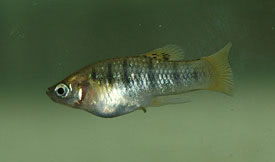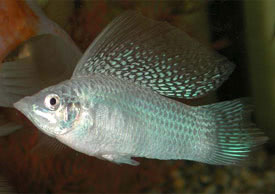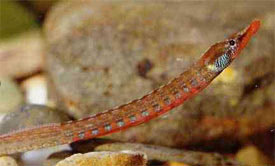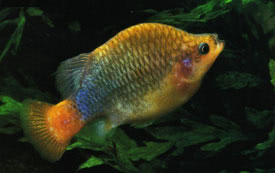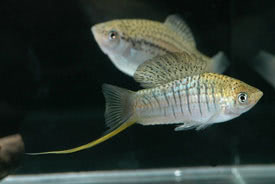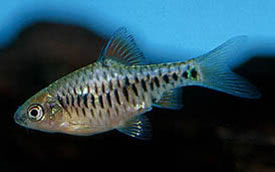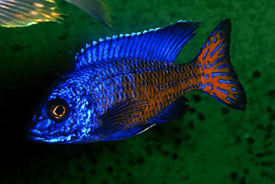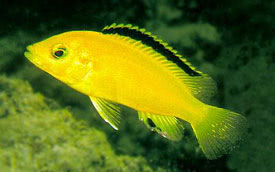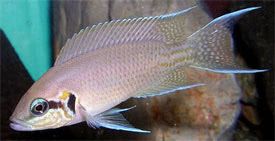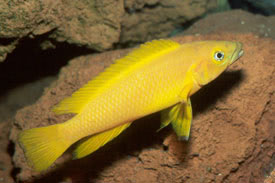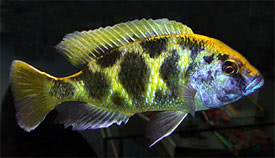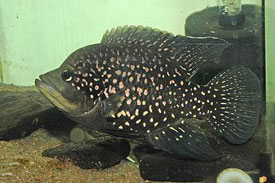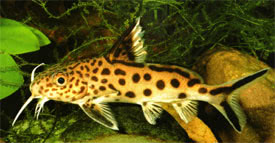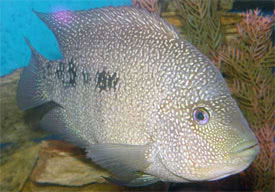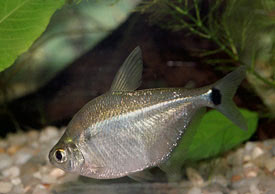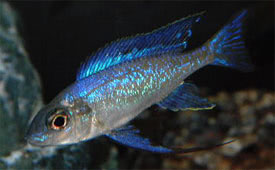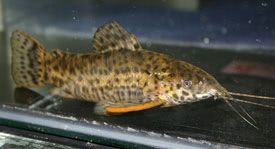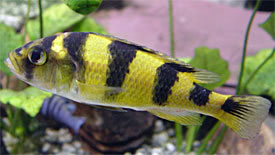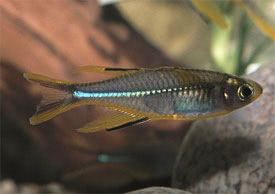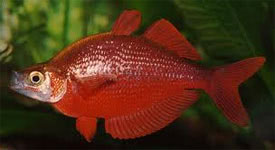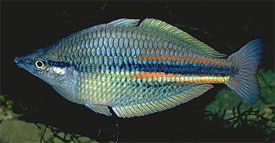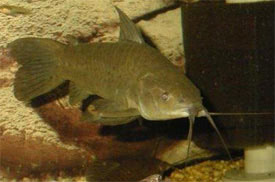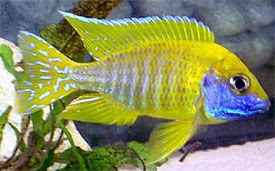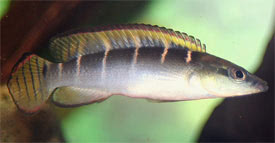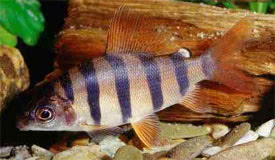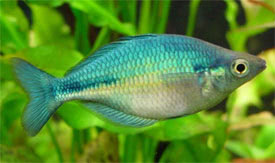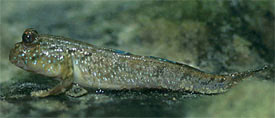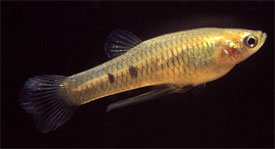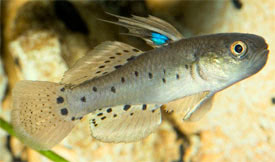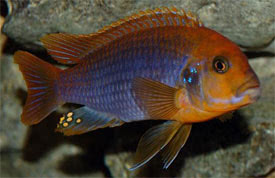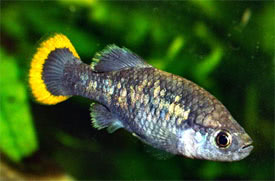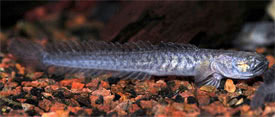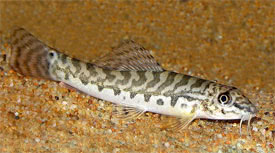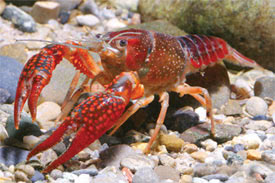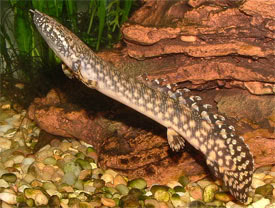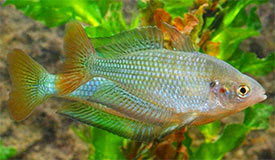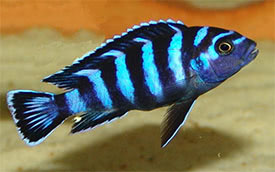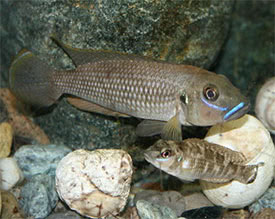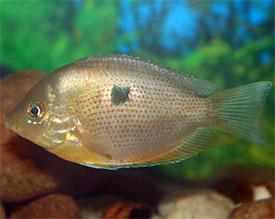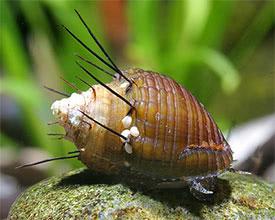Vittina semiconica - Ruby Onion Snail
 Magyarul / Hungarian
Magyarul / Hungarian

 Magyarul / Hungarian
Magyarul / Hungarian- Scientific name: Vittina semiconica
- Synonyms: Neritina semiconica (Lamarck, 1822)
- Common name: Ruby Onion Snail
- Group: Invertebrates
- Distribution: Southeast Asia; Indonesia
- Size: 2-3 cm
- Biotope: Found in shallow rivers, estuaries, and mangrove swamps. Endemic to freshwater and brackish habitats.
- Social behavior: Peaceful, can be kept with other species.
- Diet: Omnivorous; In nature they feed on decaying vegetation and algae, in the aquarium they eat all kinds of fishfoods and plant matter.
- Breeding: Not possible in freshwater.
- Tank: Minimum 30 litres
- Population: 3-4 snails for 30 litres
- Decoration: Densely planted aquarium with river sand bottom.
- Temperature: 20-29 °C
- pH: 6.0-8.5
- Hardness: 10.0-25.0 dGH
- Lifespan: 2-5 years
Description: The Ruby Onion Snail have a truly unique and beautiful shell pattern: dark amber color with small black markings that form encircling stripes. The body of the snail is grey with black stripes. These snails are great algae eaters, and they do not harm the healthy vegetation, therefore Onion Snails are a good choice for planted tanks. They will eat brown, green and hair algae too. The water should be moderately hard and alkaline to allow for healthy shell development, because in softer water, where the calcium concentration will be lower, the snails will be very prone deterioration of the shell. Their aquarium must be covered, as they are excellent escape artists, but it is best to maintain a water line slightly lower than the lid to allow them to move in and out of the water.
These snails are not hermaphrodites and there are no obvious external differences between sexes.
Onion Snail are unable to breed in freshwater conditions, which can be a blessing to some as they will not over-populate the tank. They lay eggs, which require full marine conditions to develop through their complex stages. These snails often lay large numbers of small, white calciferous capsules in freshwater aquaria, these will not always hatch, and if they do, the larvae will not survive for very long.
Sources:
https://www.fishkeeper.co.uk/help-and-advice/freshwater/miscellaneous/ruby-onion-snail
https://www.pro-shrimp.co.uk/snails/1557-tiger-orange-track-nerite-snail-vittina-semiconica.html
https://www.aquariumplantsfactory.com/products/tiger-snail
https://www.fishkeeper.co.uk/help-and-advice/freshwater/miscellaneous/ruby-onion-snail
https://www.pro-shrimp.co.uk/snails/1557-tiger-orange-track-nerite-snail-vittina-semiconica.html
https://www.aquariumplantsfactory.com/products/tiger-snail
Hasonló vízparamétereket igénylő fajok









